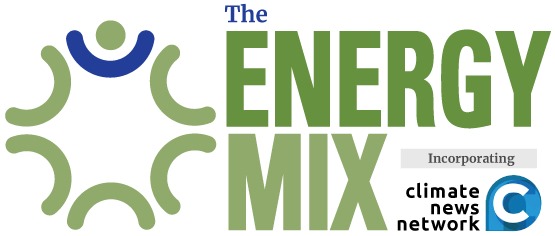An average of almost 300 billion cubic metres (bcm) of new capacity are expected to come online between 2025 and 2030 from projects that have already reached a final investment decision or are under construction. This current year is already the second-highest for LNG FIDs on record. Annual capacity growth is expected to peak at 70 bcm in 2027, before gradually declining between 2028 and 2030. Some of the new supply will be offset by retiring LNG projects in Australia, Nigeria, and Indonesia, among others expected to cut output in the coming years.
Three countries are expected to drive 80% of new growth. The United States accounts for most of the new capacity, with roughly half of the additions each year after 2025. Then comes Qatar, followed by Canada, where new capacity will come from three projects: Cedar LNG, LNG Canada, and Woodfibre LNG, all in British Columbia. The tracker does not include a fourth planned B.C. facility, Ksi Lisims LNG, since the project has not received an FID.
Canada became an LNG exporter in June, when LNG Canada exported its first shipment from its Kitimat facility. The facility is not expected to reach its full processing and shipping output until later this year.
Liquefication capacity is ramping up more slowly than expected, and in the meantime, an oversupply of gas in Western Canada has led to a glut, reports The Financial Times. Gas prices fell below zero, and suppliers “scrambled to cut production,” with Pine Cliff Energy CEO Phil Hodge calling it “the worst September” he could recall.
With two more liquefaction facilities scheduled to come online in B.C., Oil Price writes that “future Canadian LNG prospects look promising”. The Globe and Mail reports that Cedar LNG has already applied to increase its future capacity by 25% to capture anticipated economic benefits, like a “better utilization of underutilized pipeline infrastructure.”
Federal Energy and Natural Resources Minister Tim Hodgson has indicated that Canada would still back further LNG expansion in expectation that there will be buyers for the product. But that flies in the face of suggestions that an expected oversupply will suppress global gas prices—and profits.



